|
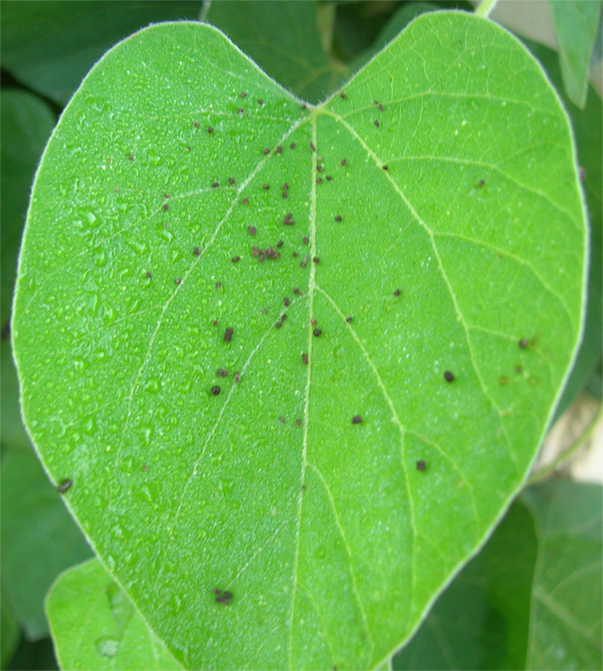 Pipevine is a vigorous, climbing woody vine without tendrils. It has pipe shaped flowers and large, heart-shaped leaves.
The flowers are about 3 cm long and curved, kind of like a pipe. It blooms from May to June. The fruit of the plant has a
diameter of about 3 cm.
It tends to like somewhat shady to sunny areas. It is native to most of the southeastern U.S. and
grows best in full sun or partial shade and will need a trellis, fence or arbor to grow on. It can grow to be as tall
as 20-30 feet!
Pipevine is a vigorous, climbing woody vine without tendrils. It has pipe shaped flowers and large, heart-shaped leaves.
The flowers are about 3 cm long and curved, kind of like a pipe. It blooms from May to June. The fruit of the plant has a
diameter of about 3 cm.
It tends to like somewhat shady to sunny areas. It is native to most of the southeastern U.S. and
grows best in full sun or partial shade and will need a trellis, fence or arbor to grow on. It can grow to be as tall
as 20-30 feet!
Pipevine is a Host Plant for the Pipevine Swallowtail
Pipevine Swallowtails
(Battus philenor) use Pipevine as a host plant. The butterfly
Battus polydamas, whose range
includes most of the south eastern US also uses some species of Aristolochia as a host plant.
Vines of the Aristolochia genus are poisonous because they contain
aristolochic acids which are toxic alkaloids.
Pipevine Swallowtails
are immune - their caterpillars sequester the toxins which then make them undesirable to predators even as adults.
Both Aristolochia durior and Aristolochia tomentosa
are used by the butterfly. Aristolochia elegans is however poisonous to them, the adults might lay
eggs on it but the caterpillars will die.
More Pipevine Pictures
The first picture is one of my pipevines after only a year or so of having it, the second one was taken after having
it a few years (that's a small butterfly bush growing in front of it):
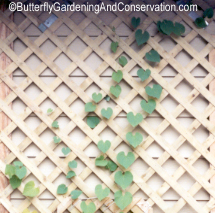
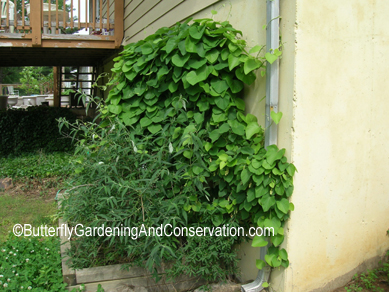
Here are a couple pictures of the flowers, each from a slightly different angle:
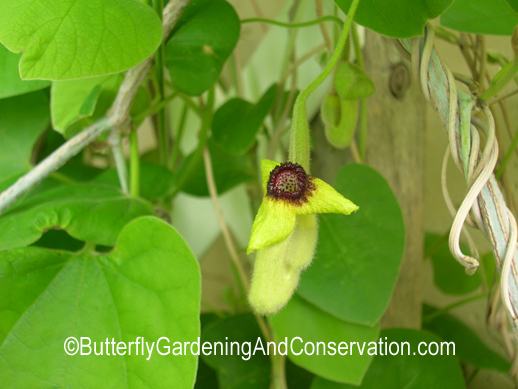
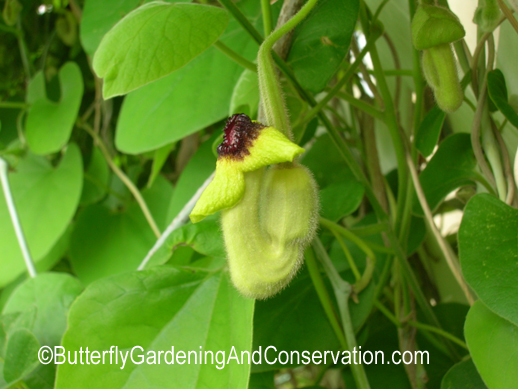
Where to buy Pipevine
The only place I know of at the moment that sells Aristolochia tomentosa is
Missouri Wildflowers in Jefferson City, MO., although I am sure that
many other places sell it also. Most likely it would easier to find at a place that specializes in native plants
rather than a general nursery.
Nature Hills Nursery sells Aristolochia durior - which is also used by
(Battus philenor)) .
Growing Tips
One spring I had some animal bite off all the stems right above where it was growing out of the ground. The plant did
recover though. I now keep a barrier around it.
The stems start out green but eventually grow into a woody vine. Each spring the plant starts growing again from the hard
woody parts that are up on the trellis, fence or whatever you are growing it on, rather than from new growth coming from the
ground. So don't cut down those woody parts from the trellis in the fall or winter - they may look dead but they are not.
Be careful moving this plant also. I had one of mine growing first in a pot and transplanted it into the ground the
following spring after it started growing again. I very carefully unwound the vines from the trellis it was on and
wrapped them around the new one, but every stem/vine of the plant wilted and died - although the plant did recover.
|
Current status of this plant in my garden (last updated: 3/09)
|
I have 2/3 of these vines in my garden. I lost track of how long it took them to start blooming, but it was a few years I
believe. 2008 was the first year I had any
Pipevine Swallowtails
lay eggs on it.
|
The Aristolochia Family
Usually herbs or woody vines with heart shaped flowers.
Ten genera and 600 or so species in both temperate and tropical zones.
Distribution
From the U. S. Department of Agriculture:
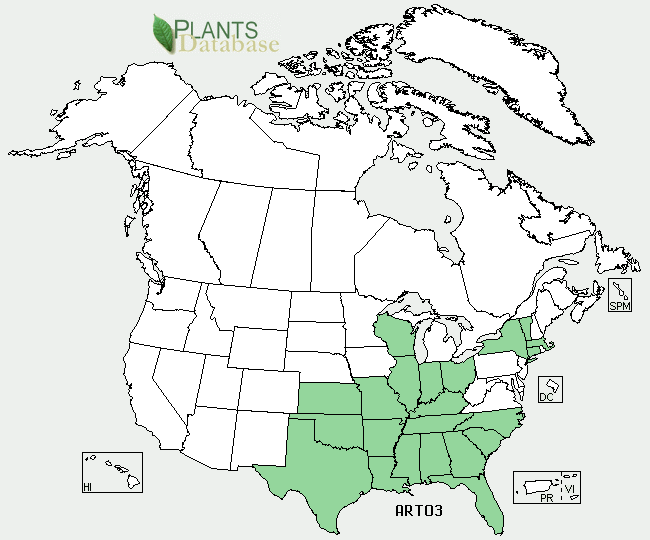
Classification
| Kingdom: | Plantae - Plants |
| Subkingdom: | Tracheobionta - Vascular plants |
| Superdivision: | Spermatophyta - Seed plants |
| Division: | Magnoliophyta - Flowering plants |
| Class: | Magnoliopsida - Dicotyledons |
| Subclass: | Magnoliidae |
| Order: | Aristolochiales |
| Family: | Aristolochiaceae - Birthwort family |
| Genus: | Aristolochia L. - dutchman's pipe |
| Species: | Aristolochia tomentosa Sims - pipevine or woolly dutchman's pipe |
Additional Information
More information about Aristolochia tomentosa can be found at the
USDA site and
Wikipedia is a good source
for information about Aristolochia also.
Butterfly Gardening Home |
Butterfly Gardening Articles |
Butterfly Species |
Plants |
Butterfly and Gardening Shopping |
T-shirts |
Mugs |
Magnets |
Clocks |
Tote Bags |
Framed Tiles |
Notebooks |
Postcards |
Light Switch Covers |
Tile Coasters |
Calendars |
Butterfly Calendars |
Resources |
Contact |
Blog |
[old blog] |
© 2003 - 2025 ButterflyGardeningAndConservation.com
Today is: 22 December 2025, 10:22 am |

